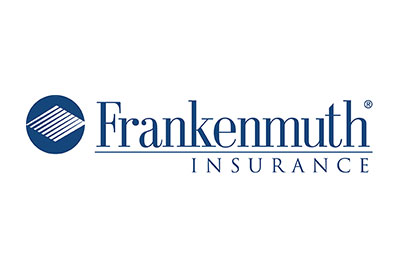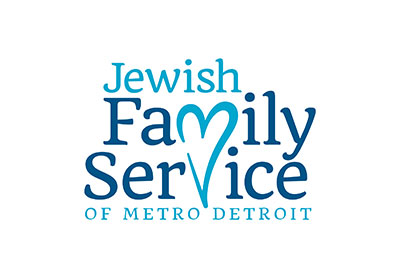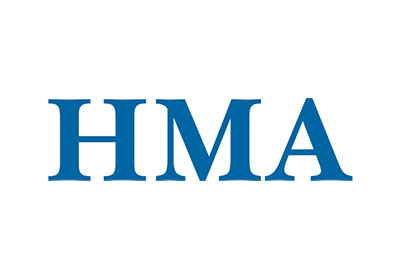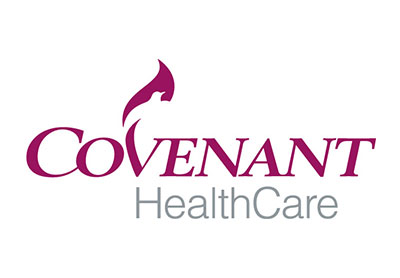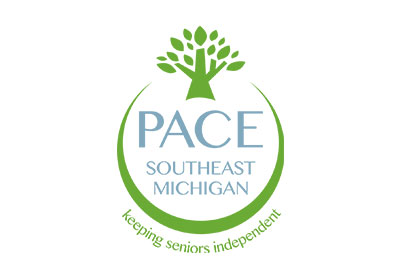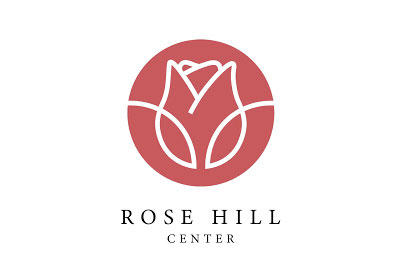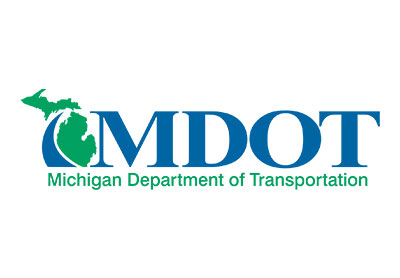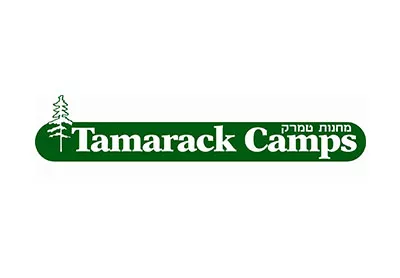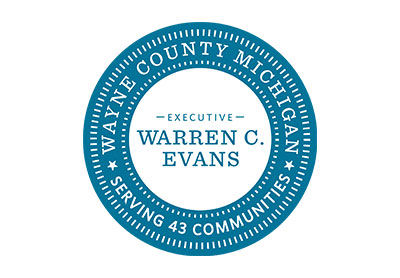
We hear a lot about millennials, and how to attract them to your workplace or get them to buy your products. In the meantime, however, the fastest-growing segment of the workforce is on the other end of the spectrum: Older workers past the age of 65.
What happened? Did Boomers blow all their retirement money keeping up with the Joneses during the materialistic ‘80s? Not so. Recently released statistics from the U.S. Census Bureau and the Bureau of Labor Statistics show that the highest increase in 65+ workers has been among high income, highly educated people. These older workers want to make a contribution, to stay engaged. And their engagement rate is high, especially compared to millennial workers, who have been shown to have lower levels of engagement at work.
Another reason Grandma’s still got a gig: Older workers feel healthier than ever before and have the stamina to continue working. With that stamina, many are starting second careers – the dream job they never pursued, or the business they always wanted to start.
According to a report by Deloitte Insights, older workers produce a higher quality of work and have better relationship and organizational skills. And they’re often looking for part-time or flex arrangements that offer employers the best of both worlds: superior quality work at a reduced cost. But the report also cautions that many workplaces are unprepared to handle the Human Resources challenge of more 65+ workers.
Is your business ready to take advantage of this pool of skilled, experienced talent? The next time you have an opening, consider going gray.



